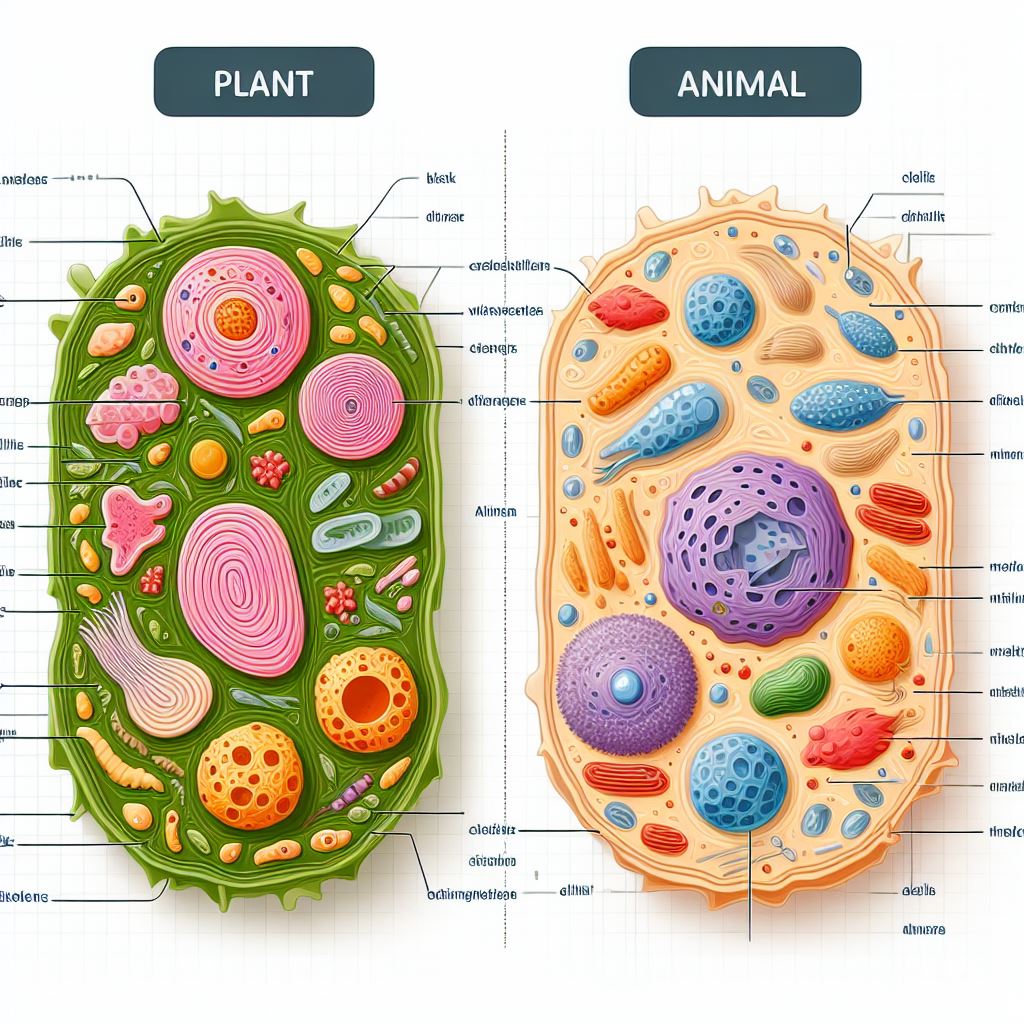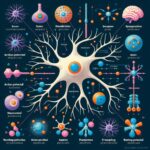Cellular Chronicles: Exploring The Marvels Of Plant Cell And Animal Cells
Exploring the Cellular Universe: An In-Depth Comparison
Plant Cell: The Green Powerhouse
In the realm of cellular biology, plant cells stand as the photosynthetic marvels, fueling the world with oxygen. Let’s dissect the unique features that set plant cells apart.

Chloroplasts: Nature’s Solar Panels
Plant cells boast chloroplasts, the cellular powerhouses responsible for photosynthesis. These green organelles convert sunlight into energy, distinguishing plant cells from their animal counterparts.
Cell Wall: Nature’s Fortress
A rigid cell wall provides structural integrity to plant cells. Composed of cellulose, it shields the cell and maintains its shape, a feature absent in animal cells.
Large Central Vacuole: The Storage Giant
Plant cells flaunt a prominent central vacuole, serving as a storage hub for nutrients and waste. This organelle plays a pivotal role in maintaining turgor pressure, crucial for plant rigidity.
Animal Cell: The Dynamic Dynamo
In the intricate tapestry of life, animal cells emerge as dynamic entities, propelling the diverse array of animal life. Let’s unravel the distinctive attributes defining animal cells.
Centrioles: Architects of Division
Centrioles, exclusive to animal cells, orchestrate cell division. Their role in forming spindle fibers during mitosis highlights a crucial difference between plant and animal cells.
Lysosomes: Cellular Cleanup Crew
Animal cells feature lysosomes, cellular recyclers that break down waste materials. This contrasts with plant cells, which rely on vacuoles for waste management.
Flagella and Cilia: Cellular Navigators
Many animal cells boast flagella or cilia, whip-like appendages facilitating movement. This mobility sets animal cells apart, as plant cells lack these structures.
Navigating the Cellular Landscape: Key Differences in Summary
In the intricate world of cellular biology, the distinctions between plant and animal cells are vital. Plant cells harness the power of photosynthesis with chloroplasts, fortified by a protective cell wall and a central vacuole. On the flip side, animal cells exhibit dynamic features like centrioles, lysosomes, and motile flagella or cilia.
Appreciating Nature’s Cellular Diversity
As we peer into the microscopic universe, the contrast between plant and animal cells becomes a testament to nature’s ingenuity. Each cell type plays a unique role in the grand tapestry of life, contributing to the diversity and resilience of our planet. Embrace the intricacies of cellular biology, where every cell tells a story of adaptation and survival.


